Quamrul Hassan (1921 - 1988)
Quamrul Hassan (Bengali: কামরুল হাসান, 1921 - 1988) was a Bangladeshi artist. Hassan was born in Kolkata, India. In Bangladesh, Hassan's fame as an artist is perhaps only second to that of Zainul Abedin. Hassan is often referred to in Bangladesh as Potua, a word usually associated with folk artists, due to his down to earth style.
Quamrul Hassan chose to give the folk art tradition a breath of life by incorporating modern ideas in it. Hassan was a versatile artist working in practically all media-oil, gouache, watercolors, pastel, etching, woodcut, linocut, pen and pencil. He also worked with woodcuts, specially after the famine of 1974, works that expressed his rage and anger. Quamrul used snakes, jackals and owls to portray the evil in humans, both in his political work and his famine work.
Rural women and their plight is another theme Hassan has repeatedly worked on. His treatment of women emphasize the bond between them, most of his paintings of women are of a group of women, only rarely a solo painting can be found. However, he mixes romanticism with realism; the strong curved lines and the contrasted use of color contribute to a sensuous appeal that blunts the edges of harsh reality.
http://en.wikipedia.org/wiki/Quamrul_Hassan
http://www.banglapedia.org/httpdocs/HT/H_0082.HTM
http://www.bangladeshtourism.gov.bd/dtls.php?gid=144
http://creativebangladesh.files.wordpress.com/2010/03/img_3559.jpg
http://img101.imageshack.us/img101/5593/011e.jpg



Zainul Abedin (1914 – 1976)
Zainul Abedin (Bangla: জয়নুল আবেদিন) (December 29, 1914 – May 28, 1976) was a Bangladesh painter. Like many of his contemporaries, His paintings on the Bengal famine of 1940s is probably his most characteristic work. In Bangladesh, he is referred with honor as Shilpacharya (Great Teacher of the Arts) in Bangladesh. The man-made Great Bengal Famine of 1943 moved Zainul deeply. He created his famine paintings, which, when exhibited in 1944, brought him even more critical acclaim. He was an influential member of the Calcutta Group of progressive artists. Zainul Abedin was involved in all stages of liberation war movement that finally made the creation of Bangladesh possible. He was in the forefront of the cultural movement to re-establish the Bengali identity, marginalised by the Pakistan government.
http://en.wikipedia.org/wiki/Zainul_Abedin
http://ethikana.com/gallery/painting.htm
http://www.ethikana.com/gallery/painting_files/war.jpg
http://www.sos-arsenic.net/lovingbengal/anser.html






World (Social) Realist Art (Index of Countries)
This blog page is part of an ongoing project by artist and part-time lecturer Caoimhghin Ó Croidheáin (http://gaelart.net/) to explore Realist / Social Realist art from around the world. The term Realism is used in its broadest sense to include 19th century Realism and Naturalism as well as 20th century Impressionism (which after all was following in the path of Courbet and Millet). Social Realism covers art that seeks to examine the living and working conditions of ordinary people (examples include German Expressionism, American Ashcan School and the Mexican Muralists).
Click here for (Social) Realist Art Definitions, World (Social) Realism and Global Solidarity, Art and Politics, Social Realism in history and Country Index.
Suggestions for appropriate artists from around the world welcome to caoimhghin@yahoo.com.
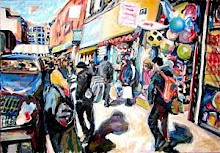

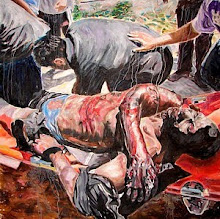





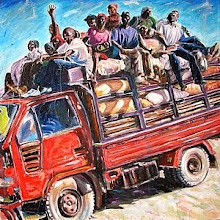

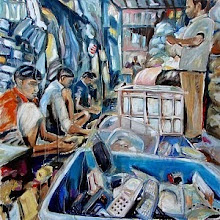

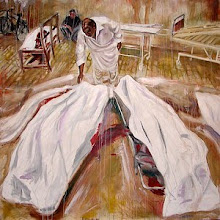

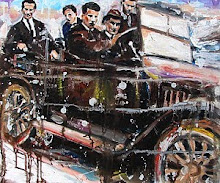
No comments:
Post a Comment